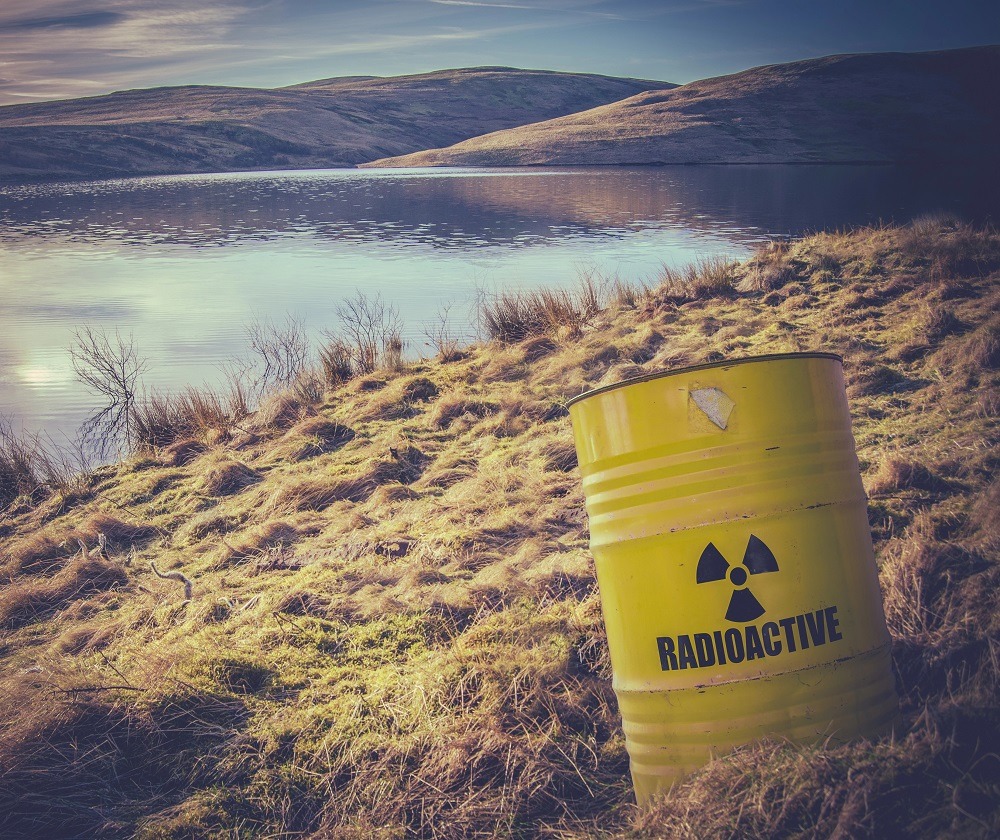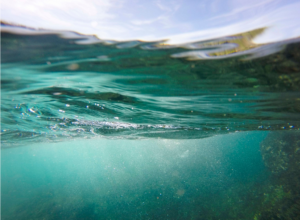Did you know there are 23 nuclear power plants and 12 nuclear waste storage sites in the Great Lakes region? Nuclear power is a notoriously complex issue. Freshwater Future recognizes that threats to the environment and public health are real. In this blog post, we break down some of the most recent news on nuclear waste storage, transport, and facilities in the Great Lakes.
Nuclear Waste Storage + Disposal
Today, the House of Representatives passed an amendment to the National Defense Authorization Act opposing the permanent storage of nuclear waste in the Great Lakes Basin, due to the risks to public health and the waters.
Currently, nuclear waste is “temporarily” stored in dry casks at reactor sites until a permanent location for storage is available. Because nuclear power plants require huge volumes of water for cooling, they are typically located near the shoreline, meaning the nuclear waste is close to the shore and water. In Michigan, dry casks store the nuclear waste locations ranging from 350 feet from the shoreline to 2,500 feet. Freshwater Future and other environmental groups are concerned that this proximity to the water is a threat to these valuable waters that provide drinking water for over 40 million people.
In May, a private company’s temporary radioactive waste storage facility in New Mexico was recently licensed by the U.S. Nuclear Regulatory Commission (NRC) despite significant opposition by many environmental groups. This decision has sparked backlash from New Mexico state officials and environmental groups, who argue that the extensive oil and gas drilling nearby makes the site unsuitable for a nuclear waste storage facility.
Transporting Nuclear Waste
The licensing of the New Mexico temporary storage facility paves the way for an unprecedented shipment of nuclear waste across the nation, including from nuclear production sites in the Great Lakes region. Environmental groups across the region have been advocating for responsible transport for years. Environment North, an Ontario-based organization, is steeped in the fight to protect the Great Lakes from nuclear waste transport, using the proximity principle as a guiding light. “The Proximity Principle directs that wastes should be managed as close to the point of generation as is technically feasible and has been embedded in the European Community’s Strategy for Waste Management since the 1990’s. For the past two years, Environment North and its allied groups have been introducing this principle to municipal councils, to the provincial government of Ontario, and to First Nations communities.” Said Dodie LeGassick, Environment North’s Nuclear Lead.
Nuclear Facilities
There is a recent push to reopen or establish new nuclear power sites due to nuclear energy’s reputation as a “cleaner” energy source. For example, the Palisades nuclear power plant just south of South Haven Michigan received a federal loan to reopen the plant after its 2022 closure. The reopening, if successful, would be the first of its kind. However, the condition of the plant’s 50-year-old reactor, the company’s modest plans for updates, and the 20 metric tons of nuclear waste that will be produced each year have led concerned environmental groups to dub the safety risks as “nightmarish”. Freshwater Future is also concerned about the water quality impacts from the large quantity of cooling water these types of facilities require. When this heated water is returned to the watershed it can increase the risk of harmful algal blooms and cause other impacts to habitat and species.








